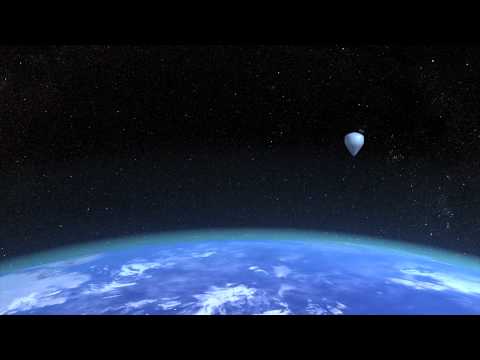
Rosetta orbiting Comet 67P/Churyumov-Gerasimenko. Photo: ESA, image by AOES Medialab
LONDON (PTI): The European Space Agency will attempt to land the first spacecraft on a comet in November to provide clues to the solar system's 4.6 billion-year history.
ESA's Rosetta mission will deploy its Lander, Philae, to the surface of Comet 67P/Churyumov -Gerasimenko on November 12.
Philae's landing site, currently known as Site J, is located on the smaller of the comet's two 'lobes', with a backup site on the larger lobe.
The sites were selected just six weeks after Rosetta arrived at the comet on August 6, following its 10-year journey through the Solar System.
In that time, the Rosetta mission has been conducting an unprecedented scientific analysis of the comet, a remnant of the solar system's 4.6 billion-year history.
Site J was chosen unanimously over four other candidate sites as the primary landing site because the majority of terrain within a square kilometre area has slopes of less than 30 degrees relative to the local vertical and because there are relatively few large boulders, ESA said.
The area also receives sufficient daily illumination to recharge Philae and continue surface science operations beyond the initial 64-hour battery-powered phase.
Over the last two weeks, the flight dynamics and operations teams at ESA have been making a detailed analysis of flight trajectories and timings for Rosetta to deliver the Lander at the earliest possible opportunity.
Two robust landing scenarios have been identified, one for the primary site and one for the backup. Both anticipate separation and landing on November 12.
For the primary landing scenario, targeting Site J, Rosetta will release Philae at a distance of 22.5 km from the centre of the comet, landing about seven hours later.
Final confirmation of the primary landing site and its landing scenario will be made on October 14 after a formal Lander Operations Readiness Review, which will include the results of additional high-resolution analysis of the landing sites conducted in the meantime.
The Rosetta orbiter will continue to study the comet and its environment using its 11 science instruments as they orbit the Sun together, said ESA.
The comet is on an elliptical 6.5-year orbit that takes it from beyond Jupiter at its furthest point, to between the orbits of Mars and Earth at its closest to the Sun.
Rosetta will accompany the comet for more than a year as they swing around the Sun and back to the outer solar system again.
The analyses made by the Rosetta orbiter will be complemented by the in situ measurements performed by Philae's 10 instruments.
 Previous Article
Previous Article Next Article
Next Article













The Indian Air Force, in its flight trials evaluation report submitted before the Defence Ministry l..
view articleAn insight into the Medium Multi-Role Combat Aircraft competition...
view articleSky enthusiasts can now spot the International Space Station (ISS) commanded by Indian-American astr..
view article